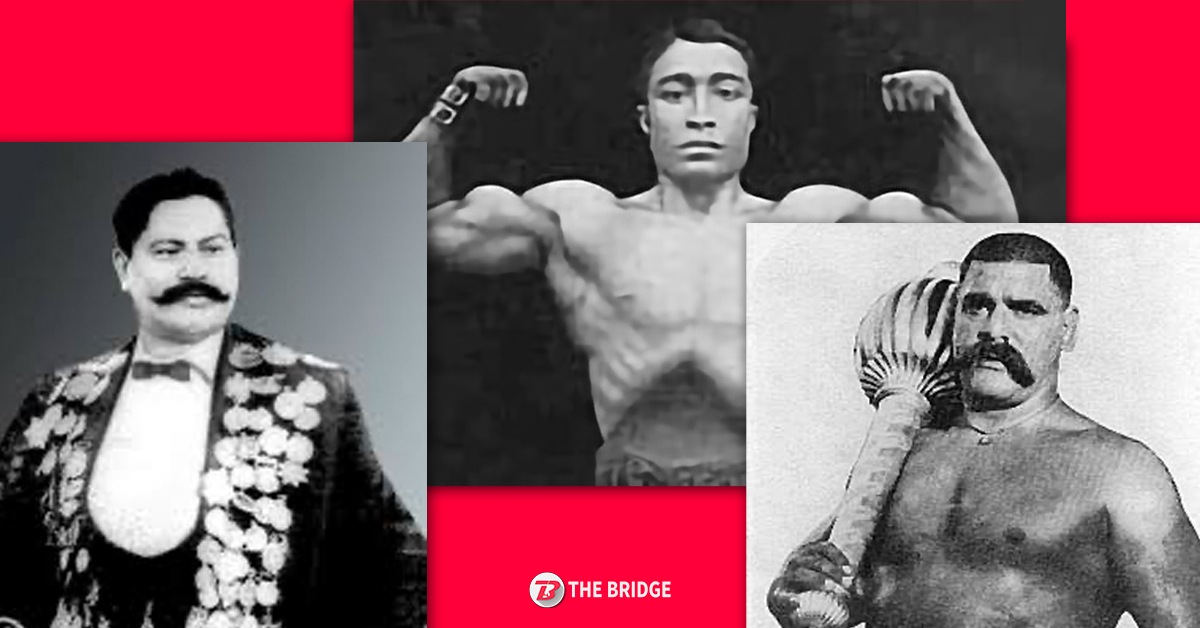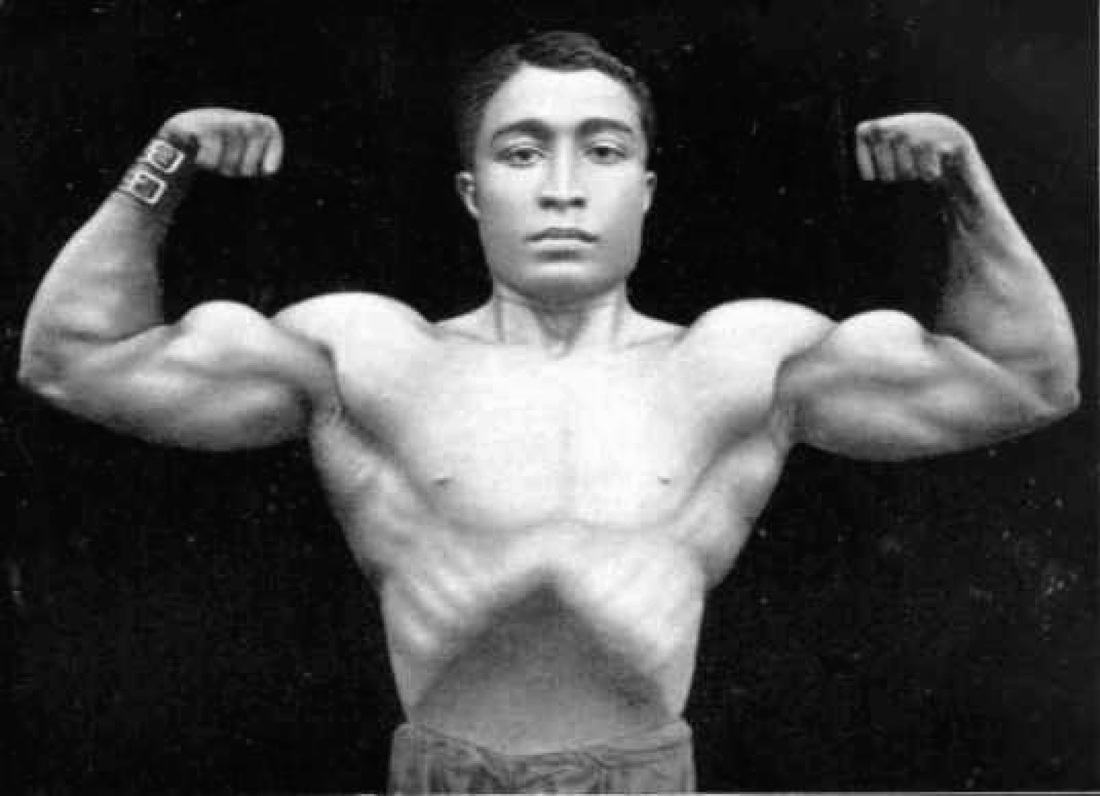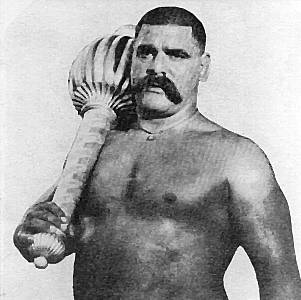Andhra Pradesh
Physical Culture in India – The top heroes behind the fitness revolution

Physical culture was a movement in the 19th century in countries like Germany, the UK, and the USA. This period saw a rising trend of participation in physical education, usage of equipment such as Indian clubs, dumbbells, and medicine balls, and the rise of health clubs, popularly known today as gyms.
Physical culture, though not well known played a huge part in world history, to the point where old apparatus used can be found today in the Joe and Betty Weider Museum of Physical Culture. Despite the lack of modern sports medicine knowledge, the roots of physical culture lie in ‘systems’.
A system today is the equivalent of a structured exercise program offered in gyms and by personal trainers. Systems saw a rise due to the physical culture being a profitable venture and competitions at national and international levels. They continued to be a major source of information about fitness until the late 1900s.
Many prominent figures such as the father of modern bodybuilding Eugen Sandow, George Hebert, and Bernarr MacFadden propagated their systems to help people become fitter. These systems were based on trial and error, and cultural influences.
India, too, underwent a physical cultural revolution but did not see as much success as western countries. There are a few forgotten heroes who made significant achievements and made a mark on Indian physical culture in those early years. Let us take a look at a few of them.
1. Kodi Rammurthy Naidu
 Kodi Rammurthy Naidu (Source: Facebook/Andhra Pradesh 2050)
Kodi Rammurthy Naidu (Source: Facebook/Andhra Pradesh 2050)
Hailing from Andhra Pradesh, Kodi Rammurthy Naidu was an Indian wrestler, strongman, bodybuilder, and an important figure in India’s physical culture history. He was born in 1882 at Veeraghattam and spent most of his early childhood under his father Venkanna’s care as his mother passed away at an early age.
However, his constant fights with friends led him to live in Vizianagaram with his uncle for higher studies. This turned out to be a blessing when he joined a fitness centre and started training for kushti (a variant of Indian wrestling). He went on to train further in wrestling and became a physical education teacher. He became a staunch advocate for adopting a vegetarian diet and sticking to plant-based protein.
Veeraghattam started a circus where he showed many feats of strength, which would fall under the category of old-time strongmen. These feats involved breaking an iron chain tied to his body by simply taking a deep breath and flexing all his muscles. Naidu was a huge believer of yogic practices and had extensive knowledge of Vayu Stambhana (air resistance) and Jala Stambhana (water resistance).
Further, he also showcased acts where he tied iron chains from his shoulders to two cars that did not move despite the driver putting their best efforts. He took an elephant and held it on his chest for over five minutes, gathering the attention of then Viceroy Lord Minto. The latter tested the strongman’s strength by tying an iron chain and driving the car himself, however, the car did not budge.
This led to increased fame for the wrestler turned proponent of physical culture, who went on to gain international fame. King George and Queen Mary, the ruling powers of the UK from 1910 to 1936 bestowed him with the prestigious title of Kaliyuga Bhima and also called him the Indian Sandow.
Not only did Naidu contribute to physical culture but ensured that profits from his circus business went to the Indian freedom struggle. A statue commemorating his glory was erected in his hometown Veeraghattam.
2. B.C. Ghosh
 Bishnu Charan Ghosh (Source: Wikipedia)
Bishnu Charan Ghosh (Source: Wikipedia)
Bishnu Charan Ghosh was born in 1853 in Lahore. He is the brother of Mukunda Lal Ghosh, popularly known as Paramahansa Yogananda. The latter was an Indian yogi and monk who spread yoga and meditation to many through his organization – Yogoda Satsanga Society (YSS) of India.
Ghosh was introduced to yoga by his brother, and the former went on to impress audiences by showing control over his muscles. He later enrolled in college to study physical culture and heavily emphasized on practices of traditional Indian physical culture, which involved diet, training, and lifestyle.
Although Ghosh was born into a family that was heavily devoted to Kriya yoga, he developed an interest in bodybuilding. His styles were heavily inspired by Maxick, a German strongman and gymnast who developed Maxalding system of bodybuilding through muscle control. Ghosh opened his College of Physical Education in Calcutta which runs today under the name ‘Ghosh’s Yoga College’.
What is today known as Sivananda Yoga and Bikram Yoga have their origins tracing back to Ghosh’s days of training and performing, thus proving his mettle in India’s history of physical culture.
3. The Great Gama
 The Great Gama (Source: Wikipedia)
The Great Gama (Source: Wikipedia)
Nicknamed The Great Gama, Ghulam Mohammad Baksh was an Indian wrestler who remained undefeated throughout his career. Gama was born in 1878 in Amritsar, Punjab, to a Kashmiri Muslim Family. His family came from a line of wrestlers, and his father was a well-known court wrestler. Gama would always accompany him to gymnasiums. However, he lost his father at the age of five or six after which he was raised by some maternal relatives of his family.
Gama’s first exposure to wrestling was a competition organized by the Raja of Jodhpur to perform the maximum number of deep knee bends or ‘baithaks’, popularly known today as squats. Gama, at the mere age of ten, managed to stay in the top 15 of the 400 wrestlers who had competed, earning him recognition at the cost of remaining bedridden for some time. However, this was the beginning of his intense fitness regimen that defies the norm of modern sports medicine.
Gama’s fitness regime in his prime wrestling days involved sparring with other wrestlers, performing five thousand baithaks and three thousand dands, a variation of what is known today as push ups. He would also use a wrestling apparatus weighing approximately 100kg to perform baithaks and running. In order to supplement his training, his diet included over 10 litres of milk, half a kilo of crushed almond paste, and 4 kilos of fruits.
Gama’s first bout was with the then Indian wrestling champion Raheem Baksh Sultani Wala, at the age of 19. Despite being dismissed by many, Gama turned the tide and drew the match for hours resulting in a draw. He went on to defeat many Indian wrestlers and even travelled abroad, taking on wrestlers from America, Japan, and Poland, where he embarked on a career-long feud with Stanislaus Zbyszko.
Gama’s first bout with Zbyszko resulted in a draw but a rematch was announced where the latter did not show up. This earned Gama the title of Rustam–e–Zamana, the champion of the world. He then called out Raheem and defeated him in a match to also become the Indian wrestling champion.
However, Zbyszko wanted a rematch with Gama in India in 1928 where the latter defeated him with ease and earned praise from his opponent. He had a final bout against Sweden’s Jesse Peterson in 1929 after which he retired from the ring as an undefeated world champion.
Gama’s training gained the following of Bruce Lee who went on to implement the wrestler’s exercises in his journey on becoming a martial arts icon. After Gama passed away a few years post the India-Pakistan partition, physical culture underwent an evolution. No longer was strength just a part of strongmen and strongwomen, but even the layman was interested in gaining control of their health.
This strange puberty in what is today known as fitness went through trends such as Jane Fonda’s exercise DVDs and instructional exercise videos. This period also saw its fair share of quacks trying to make a quick buck from the rise in health and physical education.
Despite gyms and globalisation of fitness today with wearables, workout programs, and more, Kodi Rammurthy Naidu, B.C. Ghosh and The Great Gama helped set the foundation of physical culture and left behind a legacy that shows the diversity and unity of India.
Also read: Mr. Olympia: India’s performance, result and winner of 2020

